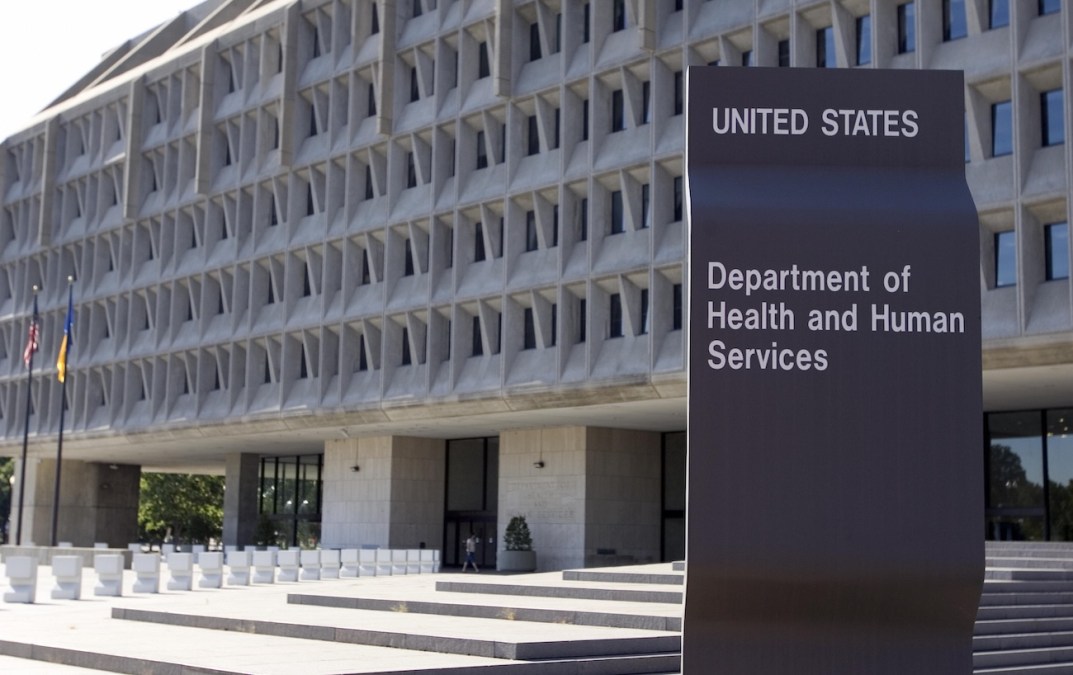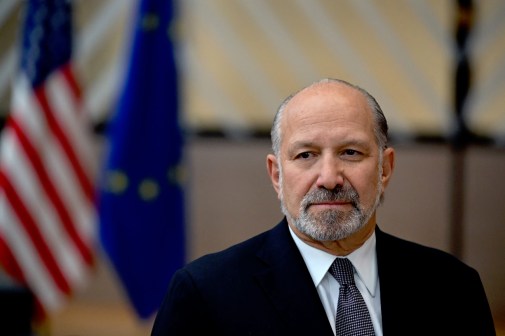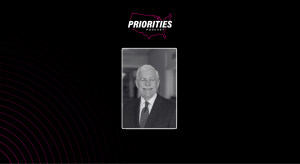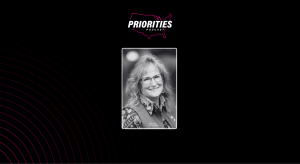HHS should help states improve their data-sharing practices, GAO report says

The Department of Health and Human Services should facilitate better data-sharing practices among state agencies that administer non-assistance services, such as workforce training, education or child welfare programs, through Temporary Assistance for Needy Families block grant funds, according to a report published Monday by the U.S. Government Accountability Office.
Most of the $16.5 billion states receive annually through TANF goes to direct cash assistance for low-income families, but some funds non-assistance services and programs like work, education and training activities, childcare and child welfare services. The GAO recommends in its report that HHS Secretary Robert F. Kennedy Jr. and the assistant secretary for children and families facilitate information sharing among state agencies that administer TANF, and that states share their practices for using data collected about people receiving non-assistance services.
The GAO said HHS could host conferences or workshops to encourage states to share their experiences — including any promising practices or challenges.
To inform the report, the GAO reviewed TANF funding and data collection practices in seven states: Illinois, Mississippi, New Mexico, New York, Ohio, Texas and Wyoming. The GAO also analyzed the states’ fiscal year 2022 TANF expenditure data, and conducted interviews with HHS officials, state and local officials in the seven states and others knowledgeable about TANF.
Some state officials told the GAO that to fund non-assistance services, they often combined TANF funds with other funds, including other federal grants or state funds. Each state’s percentage of TANF funds versus federal or state funds spent on these different services also varied, which the report said reflected their distinct priorities and needs.
Officials from the states included in the report said that while providing non-assistance services, they collected demographic, participation and outcome data on individuals and families. Some data, officials said, has been used to make eligibility determinations, monitor program performance and adjust the delivery of TANF non-assistance services. But, according to the report, state officials said “they encountered a range of challenges using data on those served with TANF non-assistance funds. These challenges sometimes hindered states’ ability to assess whether the services improved participant outcomes.”
While the report said that HHS’s technical assistance initiatives have supported states’ TANF data efforts, they’ve only focused on direct cash assistance, though the non-assistance services have accounted for an increasingly large share of TANF spending over the last few years.
Some of the data states collected is reported to other states agencies, but there are no federal TANF reporting requirements for performance information on services funded with non-assistance funds, the report said. Though in certain instances when states used TANF funds in combination with other federal funding streams, states and service providers are subject to some federal reporting requirements.
To address the absence of federal reporting requirements, the GAO last December recommended that Congress consider granting HHS additional oversight authority. It also recommended that HHS improve reporting requirements for these funds.
The report found that officials from the selected states “expressed an interest” in data-sharing related to TANF non-assistance funds and learning from one another.
“By facilitating such information sharing, HHS could help states improve their oversight of non-assistance funds and their efforts to improve participant outcomes,” the report reads.
The recommendations come amid scrutiny about data practices within the federal government under the administration of President Donald Trump. Namely, there are swirling concerns around the actions of the Department of Government Efficiency led by tech billionaire Elon Musk, which has gained access a wide range of federal systems containing personal data of Americans.






